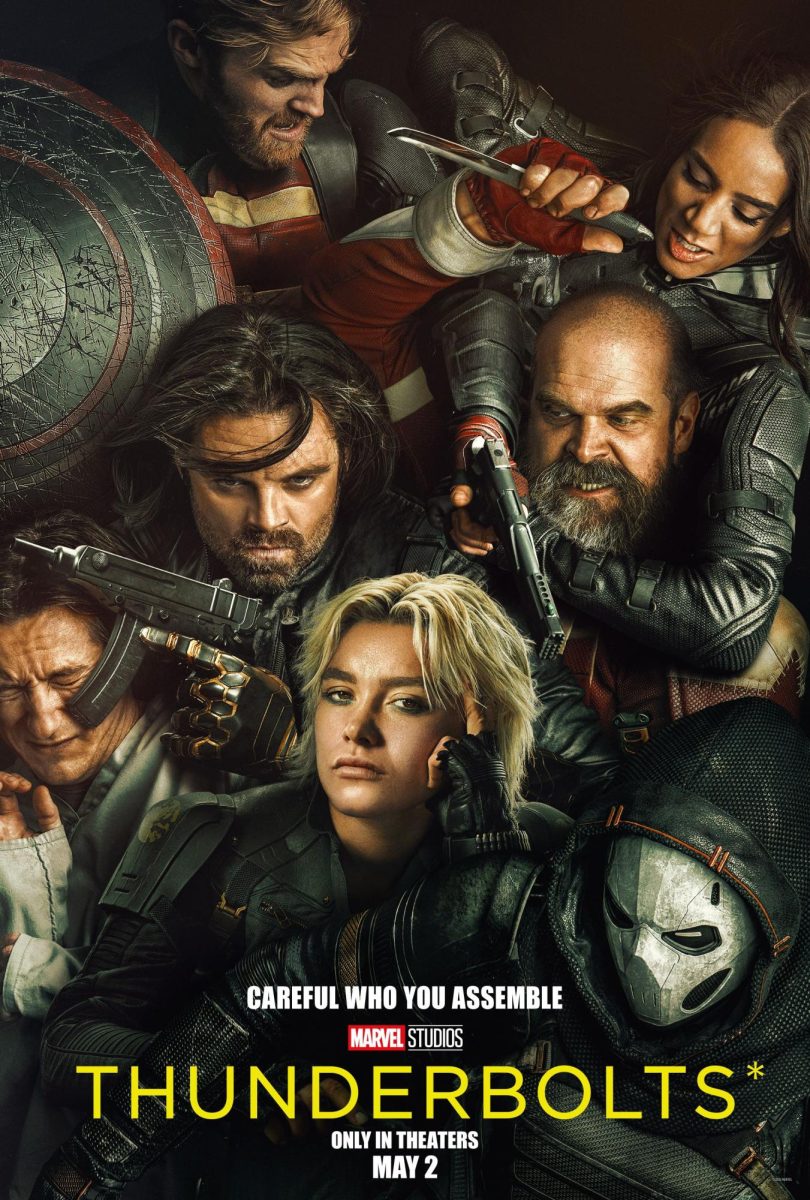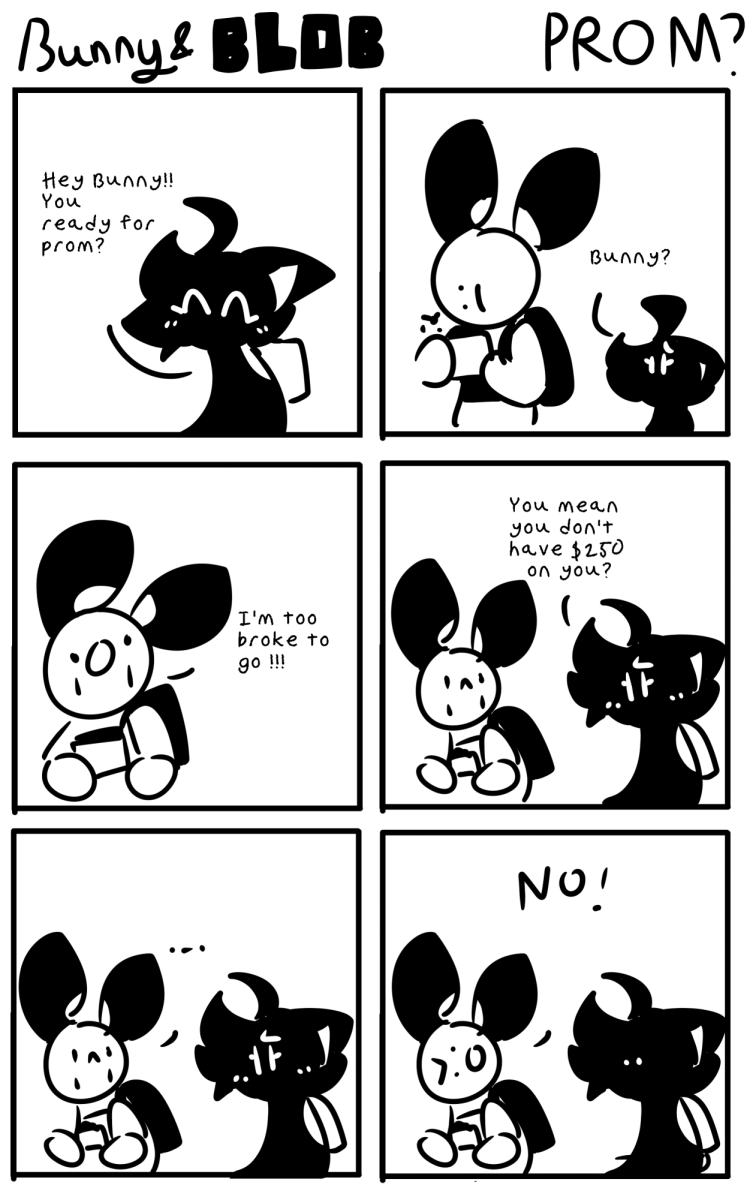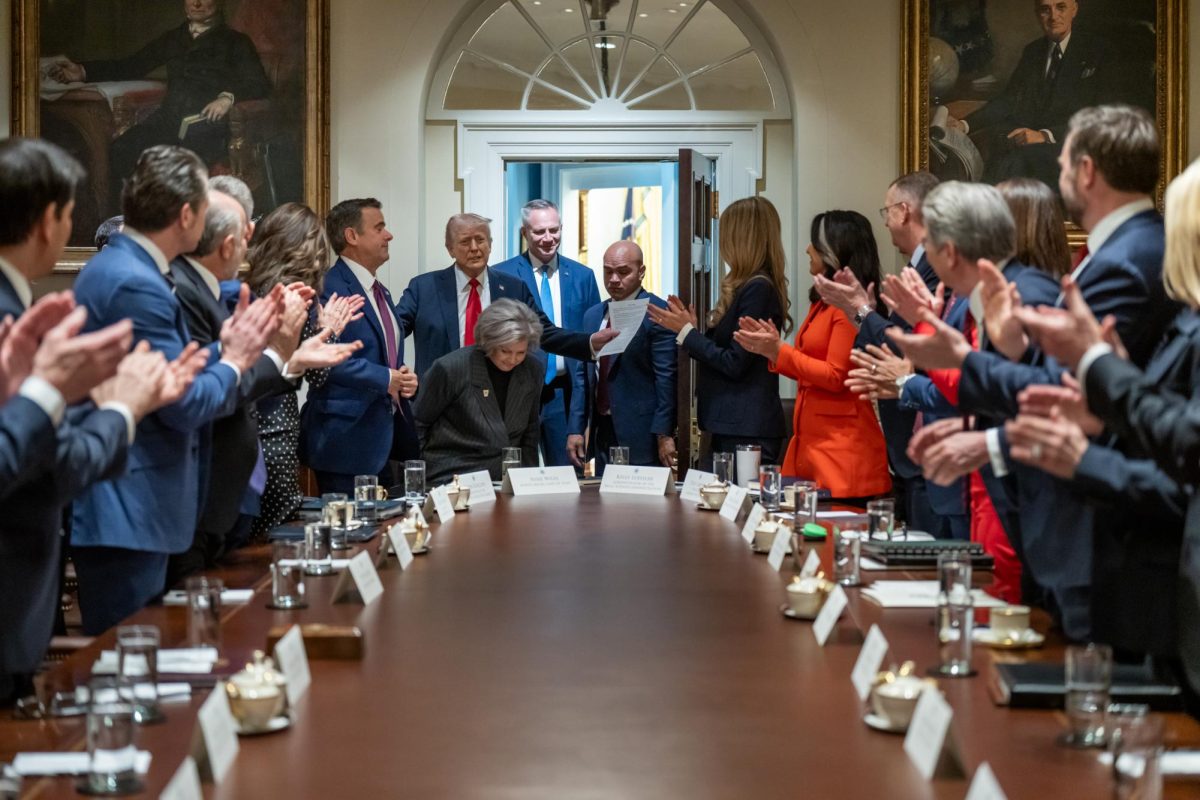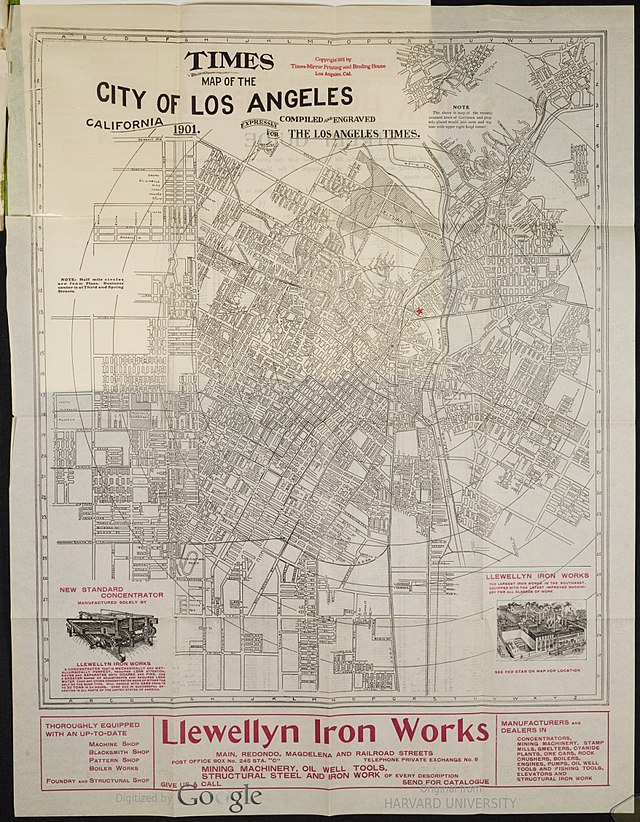Every decade has been defined by a genre of movies. The 90’s by the romantic comedy (Pretty Woman, Clueless, 10 Things I Hate About You), the 2000’s by the action thriller with hits like Kill Bill and Mr. & Mrs Smith and the 2010’s by the superhero genre, giving classics such as Logan and Avengers: Endgame. Yet it is very clear now that the age of heroes is fizzling out, its popularity no longer comparable to what it was at its peak.
This has left an obvious gap in the film industry as to what may replace it and it’s clear now that videogames are a clear contender. Ever since the booming presence that was The Super Mario Bros. Movie (2023) made by Universal Studios, its success proved to many production companies that video game movies could be profitable. Yet it wasn’t just The Super Marios Bros Movie that proved the genre’s reliability, media like The Last of Us and Fallout, with clear roots and relation to their original counterpart, have been paving the way for the genre’s success.
The best examples of Hollywood turning to video game media is very clearly portrayed in Netflix’s Arcane (2021) and Five Nights At Freddy’s (2023) produced by A24.Towards A24, it has cultivated a reputation surrounded by indie films and horror centric movies and for the company to fund and distribute a campy video game such as the Five Nights at Freddy’s franchise speaks volumes to its success. Similarly, Netflix releasing a mature animated show based on the League of Legends characters (Vi and Jinx) signals that the film industry is starting to put more of its chips into video game media.With recent announcements of the Minecraft Movie, Sonic 3 and a Zelda movie currently in production, it is very possible that the 2020’s will be defined by its boom in video game films.
And yet, why should it matter to us, casual moviegoers, who hold no real attachment to video games and its media alike? This mainstream popularity in video games signals more than just an influx of video game media but may begin a new booming creative time in the film industry.
When Netflix released Arcane, it changed the look of a mediocre multiplayer game, that even its own fans considered flawed, to a masterclass in animation and writing. It took creatives almost 3 years to make the first season and continuously, another 3 years for the second season to be produced, an astonishing 4 year wait for the second season that will premiere this November. With video game media being made by giant studios who have the funds and the pre-built audience, it sets up a reinvention of the video game industry.
It allows for developers and writers of video games and films alike to create more complex and higher quality work, with studios now realizing that these creative spaces need more time and money. And with the mainstream success these shows and movies get, it allows for other similar shows to get funded and equally other video games to be made as well.
And since video games aren’t told in the traditional storytelling method, writers are challenged to make unique and captivating films while still adapting its original story faithfully. This challenge of creativity and homage to the game is not only reserved for just film, but extends to animation as well.
When creating the animation for Arcane, the ability for visual storytelling, themes and motifs were able to be combined to create a visual masterpiece, its animation on par with movies like Spiderman: Into the Spiderverse. Its blend of bright neon colors and traditional animation overlaid on the 3D gives Arcane a very unique feeling. This challenge to adapt media that revolves around visual storytelling, and has a higher production value to create high-end and complex worlds, into a smaller and seasonal format poses a great push for reinvention. This relook on how much time and money animation should get is laying down the foundation for a renaissance in visual art.



























